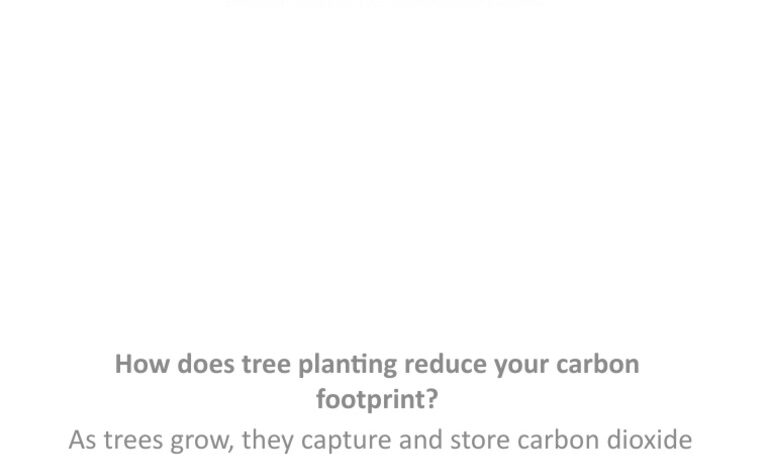As the planet warms, a question lingers in the air: how will the green companions of our world respond to this unprecedented shift in climate? Plants, the veritable backbone of the Earth’s ecosystems, possess remarkable mechanisms that enable them to adapt, endure, or sometimes falter in the face of global warming. Their survival strategies are as diverse as the species that inhabit the planet. This exploration seeks to unpack the multifaceted responses of plants to climate change, revealing both their resilience and the challenges they face.
To understand the survival strategies of plants, one must first grasp the concept of climate change itself. Global warming, primarily induced by anthropogenic emissions of greenhouse gases, has led to rising temperatures, altered precipitation patterns, and increased instances of extreme weather events. These changes impose stresses on plant life, challenging their traditional survival tactics. Notably, plants rely on several essential functions: photosynthesis, respiration, and transpiration, all fundamentally influenced by the state of the environment around them.
One fascinating response of plants to increasing temperatures is phenological changes. Phenology refers to the timing of life cycle events, such as flowering, leaf-out, and fruiting. Many species have begun to flower earlier in the spring than they did a few decades ago—an adaptation to warmer temperatures. However, this shift can have unintended consequences. For example, if plants bloom too early, they may miss the critical pollination window if the insects that serve as pollinators have not yet emerged. This disconnect highlights a delicate interplay between plant life and the broader ecological web.
In contrast to early bloomers, some plants have adopted the strategy of shifting their geographical ranges in response to rising temperatures. As the climate warms, certain species migrate poleward or to higher altitudes, seeking cooler environments. This movement is not without its challenges, however. Limited dispersal mechanisms, habitat fragmentation, and the presence of invasive species can hinder this migration process. Thus, while some plants may successfully find new territory, others could face extinction if they cannot adapt swiftly enough.
Furthermore, plants can exhibit physiological adaptations to combat the stressors brought forth by global warming. One critical adaptation is altering their water-use efficiency. Some species develop deeper root systems, enabling them to access moisture below the surface during drought periods. Others employ a specialized form of photosynthesis known as Crassulacean Acid Metabolism (CAM), which allows them to open their stomata at night to minimize water loss. These physiological changes enable plants to endure the arid conditions that often accompany climate change.
Interestingly, interactions among plant species also play a crucial role in how they respond to climate change. In mixed-species forests, for instance, plants may engage in competitive or cooperative behaviors that shape their survival. Some plants can even exude chemical signals to communicate with neighboring flora about potential threats, such as herbivory or disease. This “social” aspect allows for a degree of resilience collectively as species work together, sharing resources and bolstering each other’s survival against the stresses of a changing climate.
However, it is essential to acknowledge the threats posed by a warming climate on plant species. Extreme weather events, such as hurricanes, droughts, and floods, can wreak havoc on ecosystems, uprooting established plants and disrupting their reproductive cycles. Additionally, as temperatures rise, the prevalence of pests and diseases increases, exacerbating the challenges plants face. These invasive species can outcompete native flora, leading to local biodiversity loss and further inhibiting ecological resilience.
Perhaps one of the most striking impacts of climate change on plant life is the effect on carbon sequestration. Plants function as carbon sinks, absorbing carbon dioxide during photosynthesis and ultimately helping mitigate climate change. However, as global temperatures rise, the ability of plants to sequester carbon may be diminished. Stress from heat and drought can reduce photosynthetic efficiency, resulting in lower carbon uptake. This not only impacts the plants themselves but also contributes to a feedback loop that exacerbates global warming.
In facing these challenges, one might ask: will the resilience of plants suffice to confront the impending perils of climate change? The answer is complex. Plants exhibit remarkable adaptability, yet their survival is intricately tied to the ecological frameworks they inhabit. As human activities continue to reshape the environment, mitigation efforts aimed at conserving ecosystems and reducing pollution are paramount. Protecting habitats, restoring disturbed areas, and minimizing human-induced climate impacts will play a critical role in ensuring that plants not only survive but thrive in a changing world.
As we ponder the future of plant life under climate change, it is essential to foster a deeper appreciation for these organisms and their role in maintaining the balance of our ecosystems. Our fate is inexorably tied to theirs. By promoting sustainable practices and advocating for policies that prioritize environmental integrity, we can pave a pathway toward a more harmonious coexistence with the plant kingdom—one that stands resilient against the tides of climate change.
In summary, the responses of plants to global warming underscore their incredible adaptability and the formidable challenges they face. Through phenological changes, geographical range shifts, physiological adaptations, and complex inter-species interactions, these organisms exhibit a range of survival strategies. However, the onslaught of climate change poses significant risks to their viability and, consequently, the health of our planet. It is a clarion call for action; to ensure a sustainable future, stewardship of the environment must be prioritized, allowing plants to flourish amid the changing climate.






